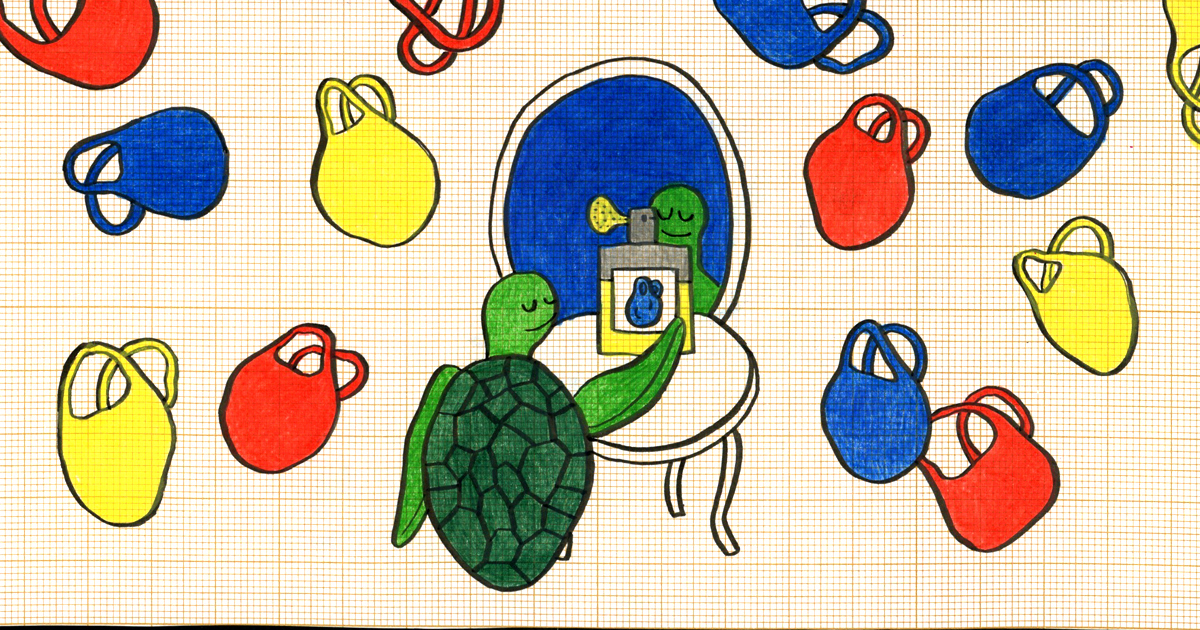Cette publication est également disponible en :
Français
We humans are not the only ones to have an olfactory culture: this sense is essential for many other animals!
As part of the collaboration between GDR O3 and Nez, we offer you a regular round-up of the studies resulting from the work undertaken by the research group and its team of scientists from every field with a common focus: odour in all its forms. The idea? Nez reads the scientific publications, and offers you a simpler, more accessible but still precise version.
Today, let’s talk about the nose of bear, turtles and blue tits, following the work of Gérard Brand, researcher from the CSGA in Dijon (France), member of the GDR O3 et author of L’Odorat des animaux (EDP Sciences editions, in French).
While the sense of smell in rodents provides helpful clues to understanding the same sense in humans, the study of animal noses in general is a research field that has “exploded” since the early noughties, according to Gérard Brand. The researcher from CSGA in Dijon has recently published a book (available from the Nez shop) which deals with the latest scientific studies on the subject. Each chapter focuses on a different aspect of the sense of smell (structure, functioning, usefulness, etc.) and on a particular animal. For example, we learn that turtles swallow plastic not only because they mistake plastic bags floating in the water for jellyfish, but also because they are attracted to the smell of plastic that has been in seawater for some time, known as “marinized”. We discover that bears mark paths by leaving chemical odour signals as they walk. And we learn that blue tits scent their nests with aromatic plants, benefiting from their anti-parasitic properties, as well as to encourage males to play a greater role in looking after their hatchlings. The book also sheds new light on today’s problems, particularly those related to “rising CO2 concentrations, which interfere with the functioning of the sense of smell and cause adaptation problems (increased difficulty in spatial orientation, poor predator recognition, etc.), and pollution (particularly by plastics) which affects the noses of certain species (turtles and petrels, for instance) by emitting odours similar to their usual foods,” explains Gérard Brand. He emphasises the sheer magnitude of the unknowns regarding animal olfaction: many species have still never been studied, the evolutionary history of olfaction remains poorly understood, and research into the adaptation of the sense of smell to specific environments is still in its infancy.
- Contact: [email protected]
- More about GDR O3 on its website: https://www.gdr-o3.cnrs.fr/
Main visual: © Adèle Chévara








Comments